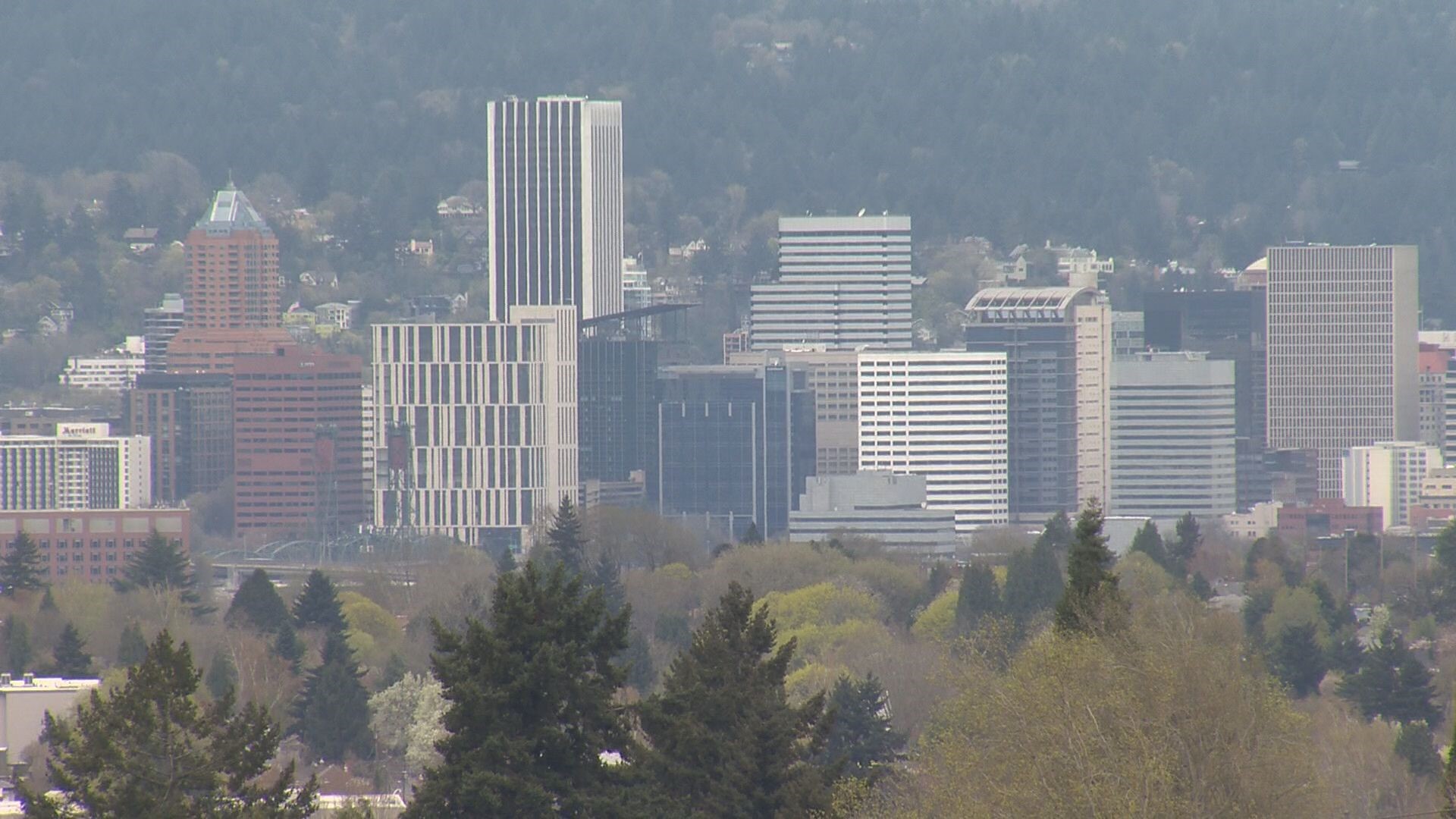PORTLAND, Ore. — As a woman living on the streets of Portland, Breanna is always on guard and has one thing that gets her through each day: fentanyl.
"Fentanyl blocks the pain away," said Breanna, who spends her money from collecting and returning cans on fentanyl instead of food.
"It's rough, but for me, it's the depression and anxiety that come with it almost makes you suicidal," she said of not having enough of the drug.
As Breanna fights through another day downtown searching for her next fix, Multnomah County commissioners were briefed on the long-awaited plan for a 24/7 sobering center. The closest thing to it in the county closed several years ago. It’s envisioned as a place first responders can take people who are under the influence of drugs or alcohol regardless of whether they want to go or not.
Commissioner Julia Brim-Edwards is leading the project.
"I think it's really important to understand the nuance here, and I want to say that the most important thing is that the vast majority of people who go to sobering centers go voluntarily," Brim-Edwards said.
The sobering center is different from a detox center, in part because people are allowed to stay for a shorter amount of time: up to 72 hours.
"To use a plain English term, you're sleeping it off," Brim-Edwards said.
The idea is primarily one of triage. The sobering center wouldn't be equipped to handle people undergoing medical emergencies, psychiatric emergencies, extreme cases of intoxication or mental health crises. In those cases, staff would be able to assess the people that first responders bring in, then determine where they need to go.
"My direction to the county is that we need to move forward with this, with the things we need to do to find that facility, find the provider to move this work, and get this as a resource," said Multnomah County chair Jessica Vega Pederson.
RELATED: Some Multnomah County commissioners displeased with proposed replacement for Portland's long-shuttered sobering center
The county is still looking for a location as they wait for $25 million from the state to help pay for it.
"This is one piece of it, but our job is really to make sure there are those avenues, pathways, and capacity for people to be able to take that next step," Vega Pederson said.
Once the county receives the money from the state, there will be another meeting to discuss where that money goes.

